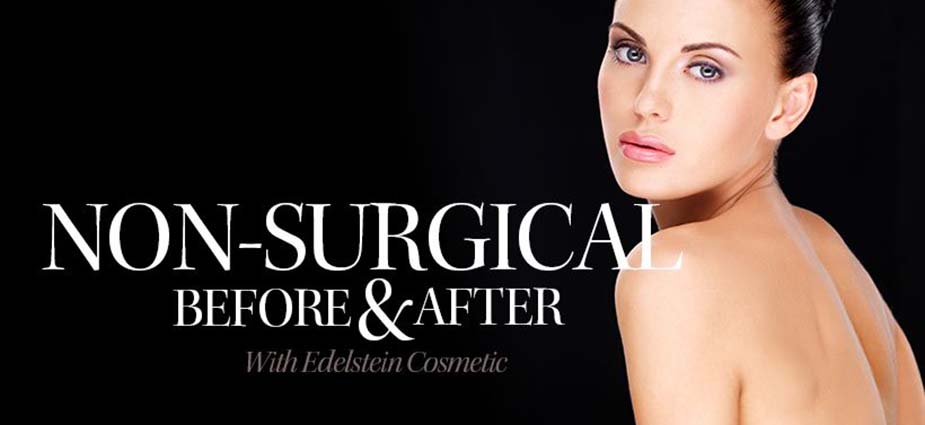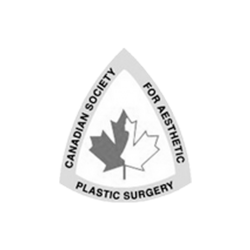When compared to traditional hypodermic needles, blunt-tip microcannulae have been shown to significantly minimize patient bruising, reduce procedural pain during injectable fillers and help experienced medical injectors to conduct treatments with a greater level of flexibility.What are blunt-tip Microcannulae?The hypodermic needles traditionally used in injectable filler treatments are associated with higher rates of bruising, tissue damage, pain, multiple puncture wounds, vessel laceration and other undesirable consequences. The development of blunt-tip microcannulae, with a very small diameter, serves to alleviate these problems through an advanced design that improves on hypodermic needles while still effectively delivering fillers to a patient’s tissues.
Traditional hypodermics are still used in standard injectable filler procedures, but, in many cases, microcannulae can be used in their place. Most medical professionals prefer to use the more sophisticated microcannulae, when possible, due to several advantages.
The Advantages of Blunt-tip Microcannulae
faster procedure
less bruising
less pain and discomfort, during and after the procedure
less swelling
less puncture sites (only one or two versus the several required with needles)
less anaesthesia (numbing cream)
less risk of blood vessel rupture, infection and inflammation
shorter recovery
the ability to see your desired results faster
Lip VolumizingBy using blunt-tip microcannulae in lip volumizing treatments, all of the filler required to augment the entire lip through a single puncture entry is made at the corner of the lip. While hypodermic needles necessitate multiple injections, this technique requires only one puncture made before the microcannula is fed through the lip. As the instrument is removed, the filler is introduced to the tissue.
This approach allows for easy injection and greatly reduces tissue trauma. The end result is lip enhancement with far less bruising, pain, and edema. It is much faster as well, taking half the amount of time.
Targeting the Cheeks/TempleBecause the cheeks/temple area is fairly large, traditional filler treatment requires more than one puncture to be made to achieve a desirable improvement. The ability to treat multiple areas with two to six insertion sites decreases the risk of infection, bruising and general trauma, enabling results to appear faster.
Under the Eyes (infra-orbital hollow)An observational study performed by a French doctor found that patients who received filler via microcannula to address sagging and bags underneath the eyes experienced less irregularities, inflammation and risk of hematomas.
Soft Augmentation Facial FillingThe injection of fillers to delicate facial areas (like nasolabial folds, marionette lines or prejowl sulcus areas) is associated with a high probability of bruising, but a flexible cannula with a longer reach, transporting filler through a single point of entry, decreases probability. The longer reach of these instruments resolves problems without harming the tissue and causing unsightly bruising. (Nasolabial folds run from the side of the nose to the mouth, marionette lines from the corner of the mouth downwards, and the prejowl sulcus is the indented area in front of the jowl).
Microcannula VarietyOver the years a wide array of blunt-tip microcannulae have been designed that offer variety in flexibility, size and diameter, but all are very small in diameter. The wealth of options afforded by modern microcannulae allow both superficial and more involved procedures to be performed safely. Different sizes can also be used to inject fillers of nearly any type of level of viscosity. Extremely flexible, long microcannulae, for example, can be used to employ the “fanning technique”, a method that allows for treatment of a large area through a single puncture point.
Patient SatisfactionMany patients prefer treatments that allow them to return to their normal schedule as quickly as possible. Blunt-tip microcannulae introduce injectable fillers while avoiding potential bleeding, bruising, blood vessel rupture, or local inflammation. Not only does this translate to less discomfort and faster recovery times, but lessened inflammation may even be connected to longer lasting effects.DisadvantagesAny administering medical professional must have experience and talent in order to properly treat their patients with microcannulae. Because they are more flexible than hypodermic needles, microcannulae must be carefully guided through the surface of the skin toward the targeted area. The injectable specialists at Edelstein Cosmetic possess the skill and comfort with a wide variety of surgical tools, allowing them to use microcannulae effectively.
Unsuitable for Fine Line TreatmentBlunt-tip microcannulae are often too large to be used in injecting filler to fine lines.



























